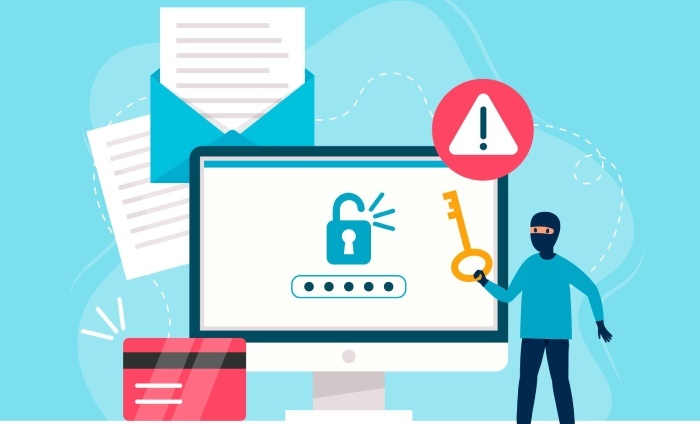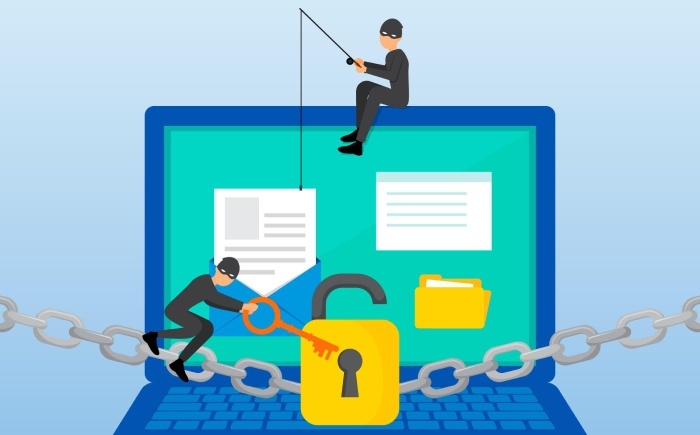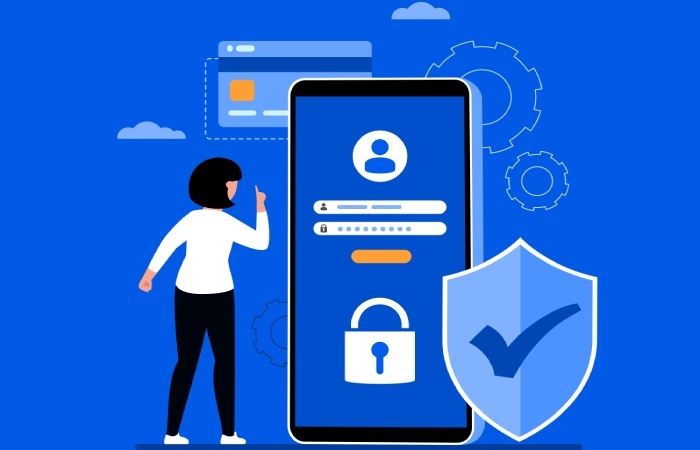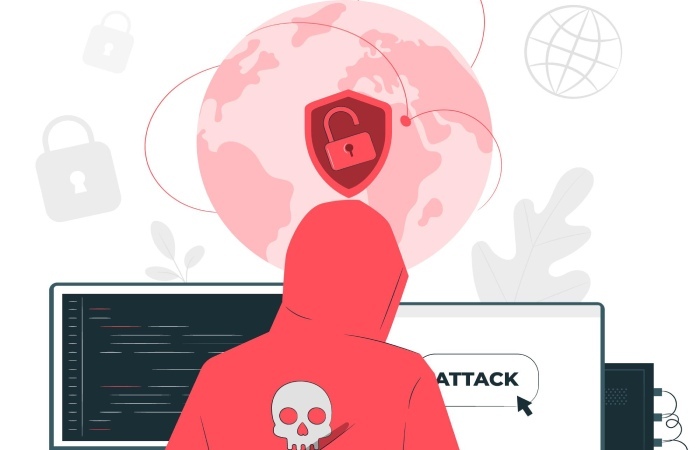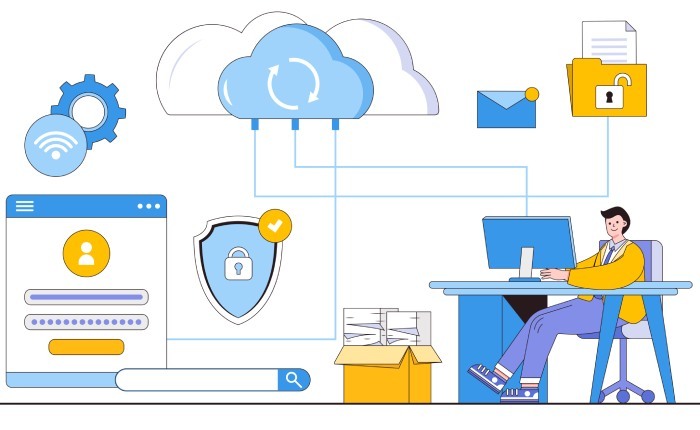Running a subscription business is a worthwhile venture, but it equally comes with risks—especially when it comes to cybersecurity. Think payment fraud, account takeovers, and data breaches.
That’s why knowing how to secure your subscription business from online threats is more important than ever.
Cybercriminals constantly evolve their tactics, and subscription-based models are prime targets because they store customer data and manage recurring payments. In fact, cybercrime is projected to cost businesses a whopping $15.63 trillion annually by 2029, making security a top priority for any business operating online.
The good news is that you don’t need to be a cybersecurity expert to keep your subscription business safe. With a few proactive steps, you can protect your revenue, secure customer trust, and ensure the seamless operation of your subscription service.
In this article I’ll explore the most significant risks to your business and, more importantly, how to secure your subscription business from online threats.
Common Online Threats to Subscription Businesses
From hackers taking over accounts to fraudsters using stolen credit cards, online threats are real and can cost you money, customers, and reputation. That’s why you need to learn how to secure your subscription business from online threats.
In this section, I’ll break down the most prevalent online threats your subscription business can face:
1. Payment Fraud
Payment fraud is one of the biggest threats to subscription businesses. Since payments are processed automatically, fraudsters see an opportunity to exploit the system without being noticed.
They use stolen credit card details to sign up for services. This can cause chargebacks, revenue loss, or even account terminations by payment processors.
The most common types of payment fraud include:
- Chargeback fraud: A legitimate customer makes a payment but later disputes the charge with their bank, falsely claiming they never authorized it
- Identity theft: Cybercriminals use stolen personal information to sign up for paid services, often leading to unauthorized access and financial damage
- Card testing fraud: Attackers try different stolen card details to find active and functional ones. They often start with small, unnoticed transactions before attempting bigger ones
According to Younium, subscription management software powered by robust security features can help you prevent such payment fraud. These software have automatic fraud detection and alarming features that are helpful in stopping automatic payment fraud.
2. Account Takeover (ATO) Attacks
Hackers love subscription services because accounts often store valuable payment details, making them prime targets
Account takeover (ATO) attacks happen when criminals gain unauthorized access to customer accounts. This could be through:
- Credential stuffing: This is when hackers use stolen username-password combinations from past data breaches, hoping people reuse their passwords across different sites
- Brute-force attacks: This attack involve bots that rapidly test different password combinations until they crack an account
- Phishing scams: This occurs when cybercriminals trick users into handing over their login details through fake emails or fraudulent websites
3. Data Breaches
A data breach is every subscription business’s nightmare. It happens when unauthorized parties gain access to sensitive business or customer information. This could include names, emails, payment details, personal identifiers, or subscription history.
Some of the most devastating breaches happen due to poor data encryption. Here sensitive information is stored in plain text, making it vulnerable and easily accessible to hackers.
The consequences of a data breach are dire:
- Loss of customer trust and potential churn
- Legal penalties for non-compliance with data protection laws (GDPR, CCPA, PCI DSS)
- Financial losses from lawsuits, fines, and breach mitigation costs
4. Phishing Attacks
For this online threat, attackers craft convincing emails or fake login pages that trick customers or employees into revealing their login credentials, credit card details, or other sensitive information.
The history of phishing dates back to the early days of the internet, with hackers initially targeting AOL users in the 1990s. Today, phishing has evolved into highly sophisticated scams, with the practice constantly increasing.
The graph below shows an 85% increase in unique domains reported for phishing:
Image via Cybercrime Information Center
Some of the most common phishing scams include:
- Email spoofing: Fraudsters send fake emails posing as your company. They send malicious links to trick customers into updating payment details
- Spear phishing: To make the scam more convincing, the hackers target specific employees or executives with personalized messages
- Clone phishing: Cybercriminals copy legitimate emails from your business but swap the original links with fraudulent ones
5. Insider Threats
Not all threats come from the outside. Sometimes, the biggest risks are within your own company.
Insider threats stem from employees, contractors, or business partners who have access to critical systems. You need to settle all financial disputes to avoid any legal threats from your partners and employees.
They include:
- Malicious insiders: Those who intentionally steal, leak, or misuse your business’s data
- Negligent insiders: Those who accidentally expose data through weak security practices
- Compromised insiders: Those whose accounts are hacked and used for unauthorized access
If you’re handling large volumes of data, you particularly need to be extra cautious when it comes to access permissions and user privileges. Adopting the principle of least privilege access will ensure that insiders can only access the data and systems necessary for their role.
How to Protect Your Subscription Business from Online Threats
As a subscription business owner, a secure platform protects your customers and also plays a critical role in your overall sales success. Learning how to secure your subscription business from online threats helps you maintain trust and ensure uninterrupted service.
In this section, I’ll discuss exactly how to secure your subscription business from online threats. I’ll cover everything from payment security to phishing prevention.
1. Implement Strong Payment Security Measures
Payment fraud is one of the biggest concerns when learning how to secure your subscription business from online threats. The moment the real cardholder notices an unauthorized charge (initiated by the fraudster), they’ll most likely issue a chargeback.
As a result, you may have to refund the money and pay additional penalty fees. Over time, frequent chargebacks can lead to account suspensions from payment processors, putting your subscription business at risk.
One of the ways how to secure your subscription business from online threat, and prevent payment fraud is by investing in a recurring billing software with built-in security measures.
According to Attrock, investing in reliable recurring billing software will help detect fraudulent transactions, enforce authentication protocols, and reduce chargeback risks. These are key assets for enhancing customer experience (CX) by automating billing processes, reducing errors, offering transparent billing options, and providing top recurring billing software solutions, both free and paid.
You can also prevent payment fraud by taking the following measures:
- Use secure payment gateways: Stripe, PayPal, Adyen, and other secure payment options offer built-in fraud detection tools. These tools analyze transactions in real-time, flagging suspicious activity instantly
- Enable 3D Secure 2.0 (3DS2): It adds an extra layer of authentication for online transactions. Your customers will need to verify their identity through a one-time password or biometric confirmation before a payment is approved
- Monitor transactions for unusual patterns: Multiple subscriptions coming from the same IP address in a short timeframe is cause for alarm. Similarly, an account suddenly using different credit cards warrants closer scrutiny.
2. Strengthen Authentication and Access Controls
Prioritizing the security of customer accounts is essential when discussing how to secure your subscription business from online threats.
When cybercriminals successfully take over an account, they could change billing information, make unauthorized purchases, or resell your services on the dark web.
Weak authentication methods can also put your entire subscription business ecosystem at risk. If attackers gain access to administrator accounts, they can manipulate subscription plans, access customer payment data, or even shut down your services.
When learning how to secure your subscription business from online threats, implementing strong authentication and access controls is essential to safeguarding your business.
Besides, monitoring customer feedback can help identify security pain points, such as login difficulties or suspicious account activity. With this information, you can refine your authentication measures accordingly.
To effectively protect user accounts and prevent unauthorized access, consider these key security measures:
- Require multi-factor authentication (MFA): Add an extra layer of security, like one-time codes or biometrics, to prevent unauthorized logins
- Enforce strong password policies: Require complex, unique passwords and encourage password manager use to prevent credential reuse
- Use CAPTCHA and bot protection: Prevent automated attacks by verifying real users and blocking credential-stuffing bots
Strengthening authentication and access controls will help protect user data and secure customer accounts from cybercriminals. Additionally, it will safeguard your subscription business from costly security breaches.
3. Secure Your APIs
Subscription businesses often rely on Application Programming Interfaces (APIs) to connect with third-party tools and platforms. APIs enable seamless integration between services, allowing you to process transactions, manage customer data, and automate workflows.
However, while APIs are convenient, they can also create major security vulnerabilities if not properly protected. Hackers often target APIs because they serve as direct gateways to sensitive business and customer information.
A weak or exposed API can allow cybercriminals to steal customer data and gain unauthorized access to backend systems. They could also launch attacks that could disrupt or shut down your services.
Besides, poorly secured APIs can be exploited for API scraping, where attackers extract large amounts of data without permission. This can result in data breaches and compliance violations.
To prevent such risks, one of the most important security tips to use APIs successfully is implementing strong authentication and traffic monitoring measures.
To fortify your APIs and prevent cyber threats:
- Implement API gateways: These will monitor and filter API traffic, blocking malicious requests and preventing rate-limiting abuse
- Conduct regular penetration testing: Testing will identify and fix vulnerabilities before attackers can exploit them
- Use OAuth 2.0 authentication: This ensures that only authorized users and applications can access APIs, preventing unauthorized access
Spotify, for instance, uses OAuth 2.0 to enable users to sign in with their Google, Apple, or Facebook accounts. This ensures secure access without requiring users to share passwords directly. The image below describes how the authentication works:
4. Defend Against DDoS Attacks
If you want to effectively learn how to secure your subscription business from online threats, DDoS (Distributed Denial-of-Service) attacks should be on your radar.
These attacks overwhelm your servers with massive traffic, making your website and services inaccessible to legitimate customers.
DDoS attacks can come from botnets (networks of infected devices controlled by cybercriminals) designed to take down online services.
Downtime can have widespread consequences if your subscription business relies on automated processes—such as billing systems, customer portals, and logistics software.
For example, if a DDoS attack takes down your infrastructure, it can delay product shipments, disrupt inventory tracking, and prevent customers from managing their accounts. A prolonged outage may cause frustrated users to cancel their subscriptions or switch to competitors.
To protect your service from these attacks, consider:
- Using a content delivery network (CDN) like Cloudflare or Akamai to absorb traffic spikes
- Implementing rate limiting and traffic filtering to block suspicious activity before it reaches your servers
- Working with a DDoS protection provider to defend against large-scale attacks and minimize service disruptions
5. Educate Employees and Customers About Phishing
Phishing attacks remain one of the most effective ways for cybercriminals to steal login credentials, financial details, and sensitive customer information.
Unfortunately, phishing targets not just customers but also employees, tricking them into revealing sensitive business data. When your employees fall for these phishing scams, the consequences can be far-reaching, leading to financial losses, data breaches, and even reputational damage.
Implementing cloud email security solutions can help detect and block phishing attempts before they reach inboxes. These solutions use AI-driven filtering to identify suspicious emails, prevent spoofing, and reduce the risk of human error.
To help you understand the concept, here’s an image of how a regular mail server functions without cloud email security:
Now, here’s one with cloud email security:
You can also reduce phishing risks by:
- Providing customers with security guidelines, warning them not to share their login details or click on unverified links
- Training employees to identify phishing attempts by looking for red flags such as suspicious email addresses, urgent requests, or unexpected attachments
- Using email authentication protocols like SPF, DKIM, and DMARC to prevent attackers from spoofing your business emails
While businesses often focus on training employees, educating customers is just as important.
Subscribers who fall victim to phishing scams may unknowingly compromise their accounts, leading to fraudulent transactions, data breaches, and reputational damage for your brand. That’s why proactive customer education should be part of your security strategy.
You can educate customers on security best practices through email campaigns, blog posts, and in-app notifications. Teach them to verify links before clicking, avoid downloading attachments from unknown sources, and never share passwords via email or phone.
Also, consider providing a clear process for reporting phishing attempts by setting up a dedicated email address or form where customers can report suspicious messages.
Final Thoughts
Understanding how to secure your subscription business from online threats is crucial for long-term success.
Cybercriminals are constantly evolving tactics, but by implementing these strong security measures, you can stay ahead of threats and keep your business safe.
Remember, cybersecurity isn’t just about avoiding breaches; it’s about building trust and ensuring a seamless customer experience. By taking these proactive steps, you protect your business, maintain customer loyalty, and create a secure foundation for growth.


